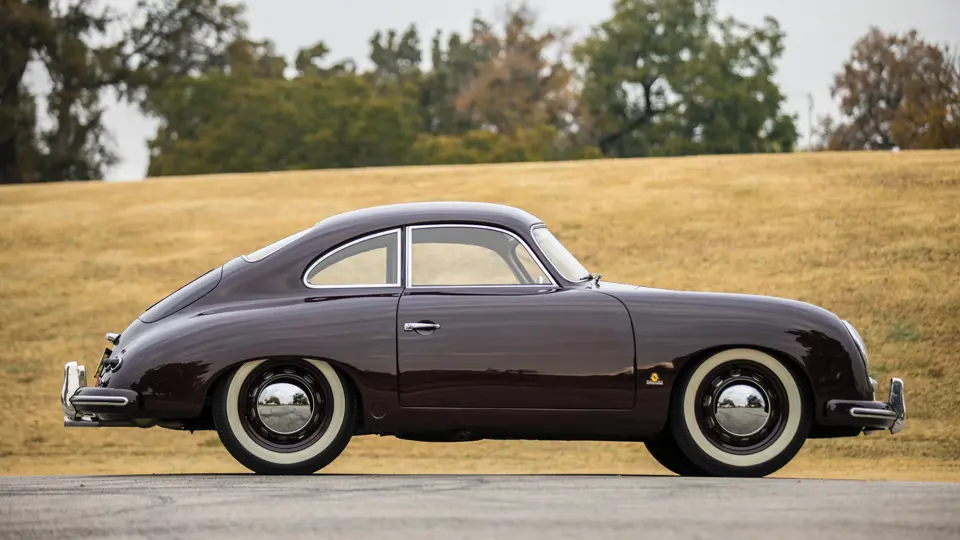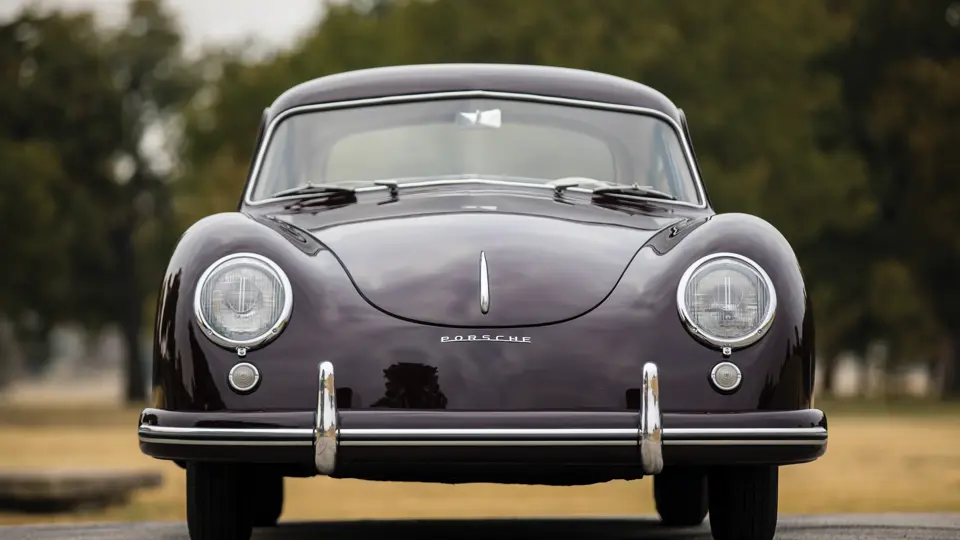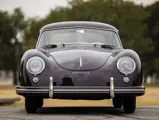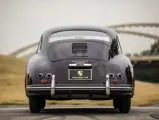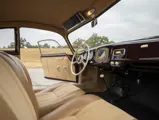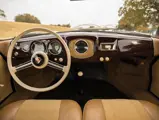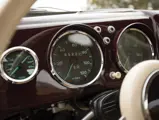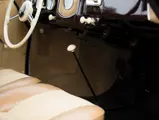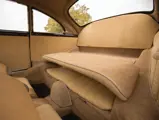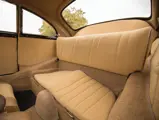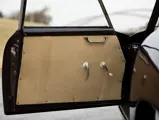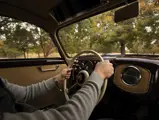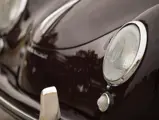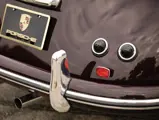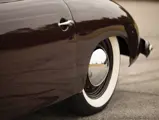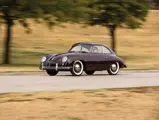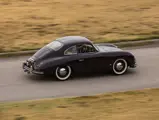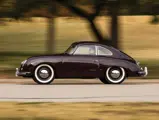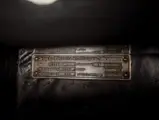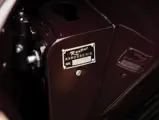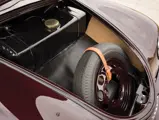Simple, clean, elegant, and understated: that would describe the aerodynamic little Porsche 356 coupe of the early to mid-1950s. While still utilizing some parts and design concepts originally created for the humble Volkswagen Beetle, by 1953 the 356 was showing clear signs of the steady development and evolution demanded by Porsche’s designers and engineers. The new model was undergoing almost constant improvement as the factory strove to simplify the manufacturing process for these largely hand-built automobiles.
The basic body shape remained fairly constant – indeed, the basic profile would not change until the series ended production in 1964 – but a myriad of details changed over the years. From a two-piece windshield and bumpers that were fitted directly to the nose and tail panels, one now saw a single-piece windshield with a mild vee, and bumpers that were now separated from the body. The interior trim was upgraded with new hardware.
Porsche’s engines were evolving, as well; in 1953, the air-cooled opposed-four-cylinder was offered in 1,100-, 1,300-, and 1,500-cc displacement, with output ranging from 40 hp to 55 in “Normal” form, and a higher-performance 1500 “Super” version producing 70 horses. The 1953 series benefitted from a new, fully synchronized gearbox.
According to the Certificate of Authenticity that accompanies the car, this very attractive coupe left the factory on 16 June 1953, painted in attractive Pascha Red (R523) with speckled tan leatherette, or Acella Bast, upholstery. It was fitted with “U.S. equipment,” indicating sealed-beam headlamps, bumper guards, and a speedometer/odometer displaying miles per hour. Both the speedometer and tachometer were thoughtfully fitted with small “eyebrows,” to reduce lighting reflections on the windshield.
The car received a full restoration some years ago, and was repainted in its factory-original color, while its interior was replaced with tan leather with matching tan corduroy seat inserts. The odometer read 85,219 miles at the time of cataloguing, and the car is supplied with a correct 16-in. spare wheel and jack.
Very few early Porsches retain their original engines and transmissions, making this example a very desirable automobile. As such, it would make a fine addition to any serious collection of Porsche automobiles. With little work, it would make an ideal concours entrant, or, driven as presented, would be the star of any Cars & Coffee gathering or Porsche Club meet.


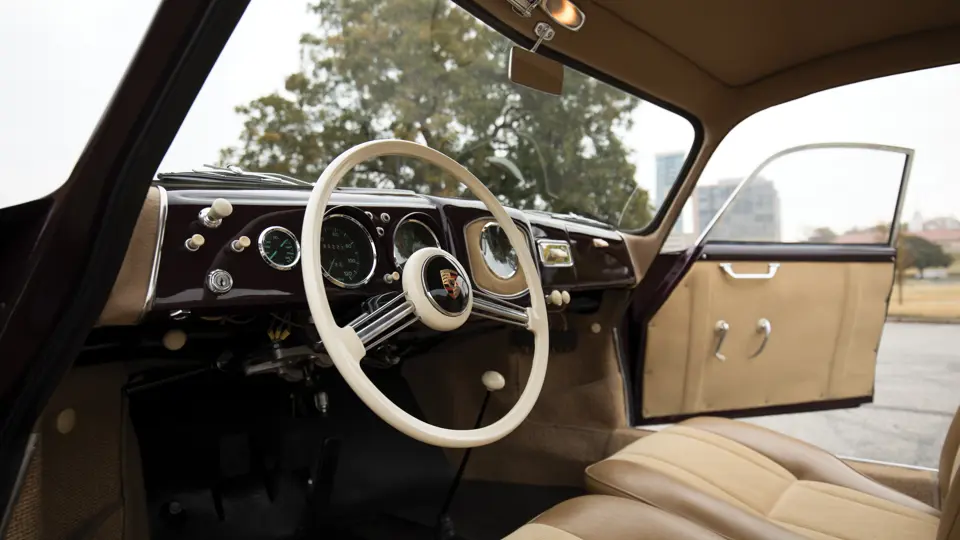

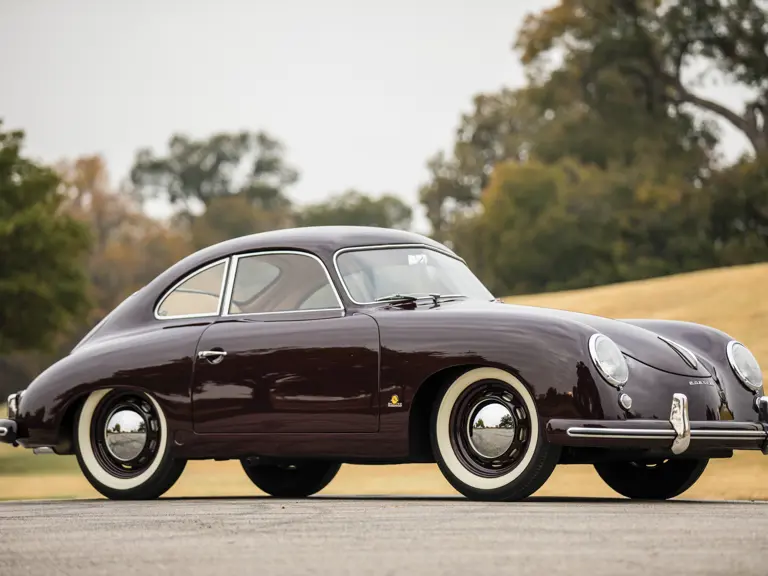
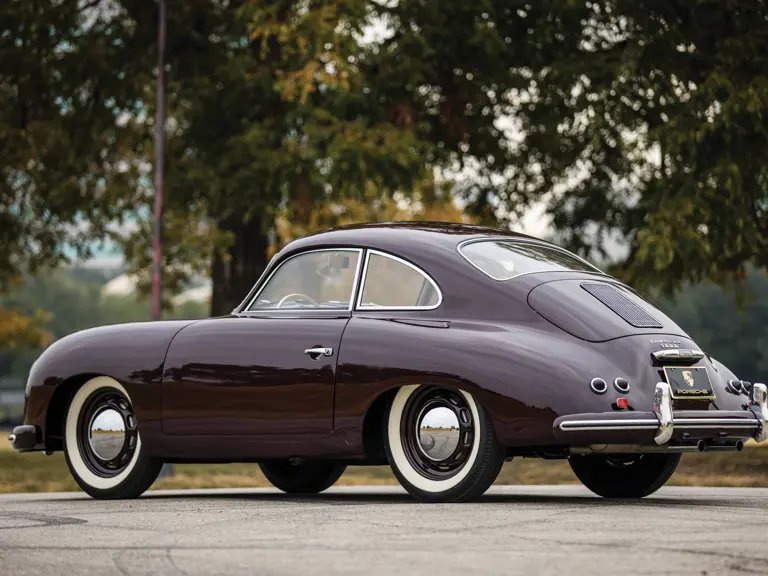


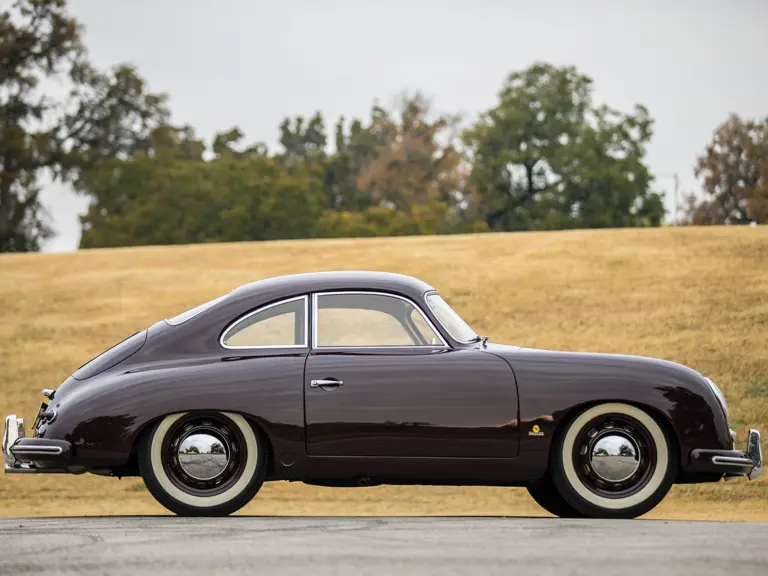
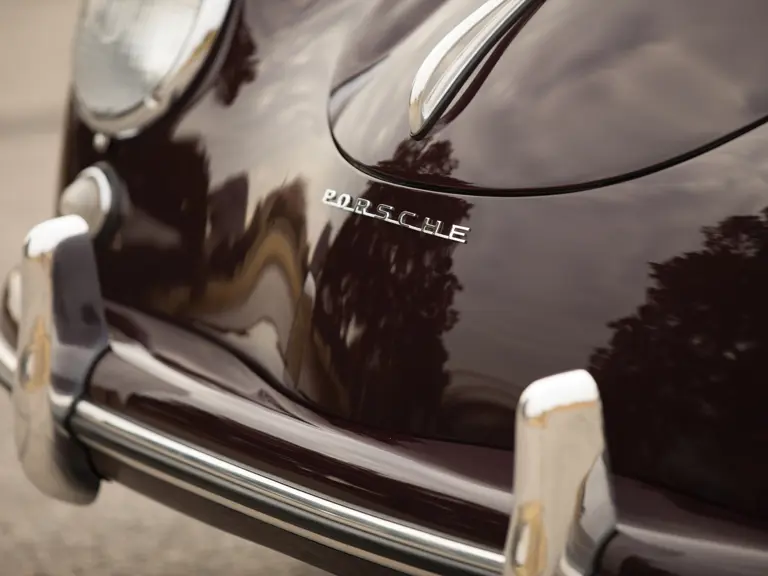
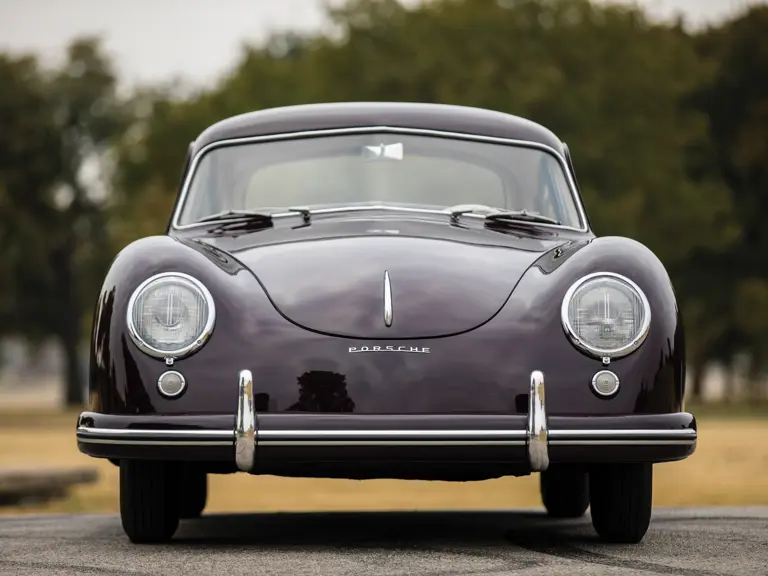
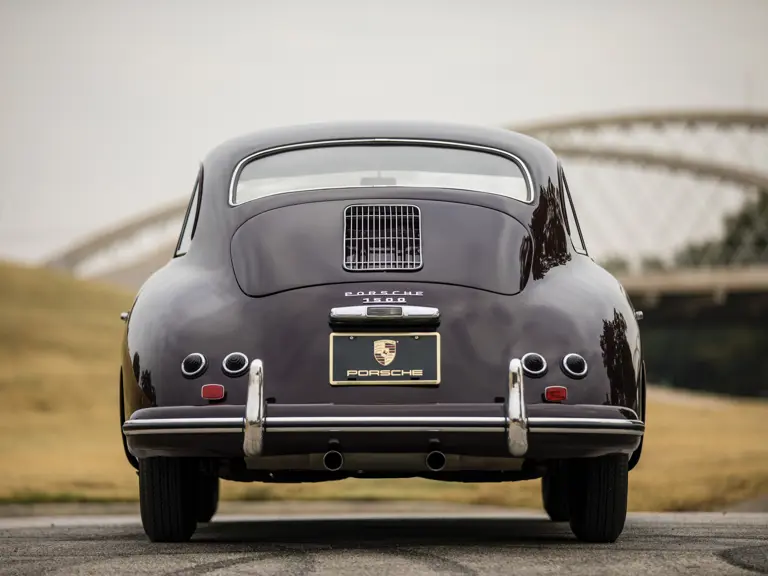
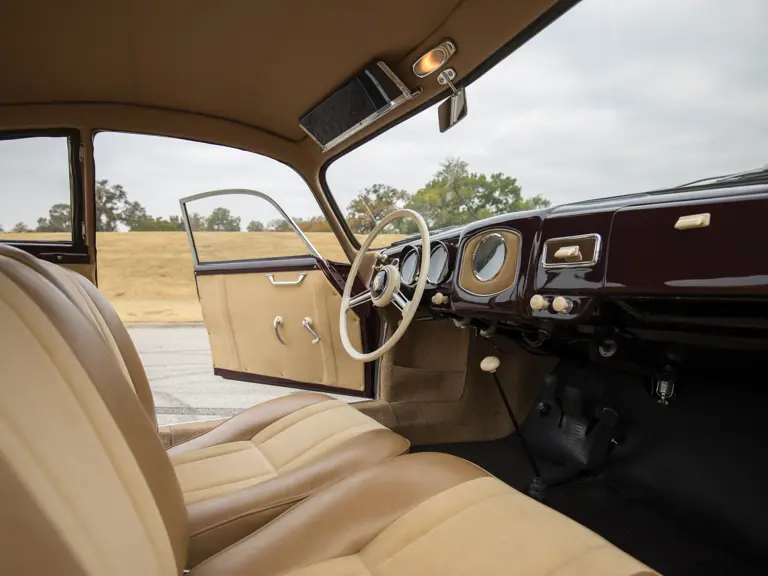
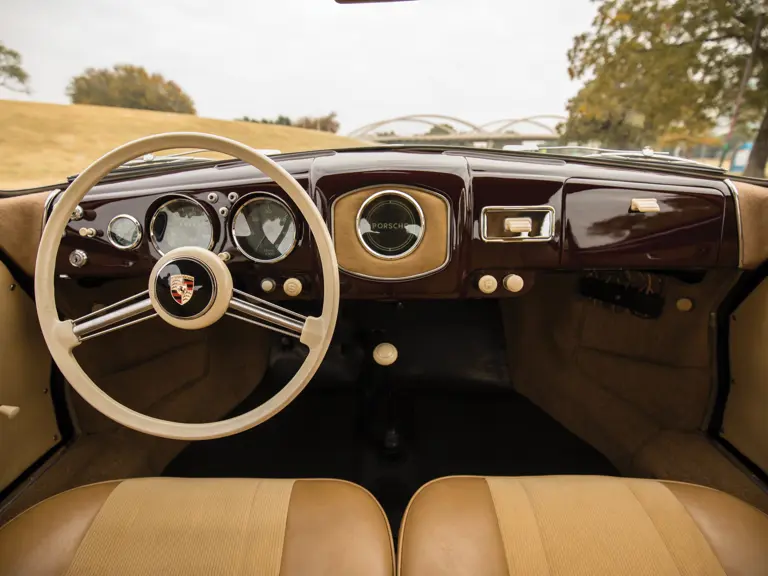

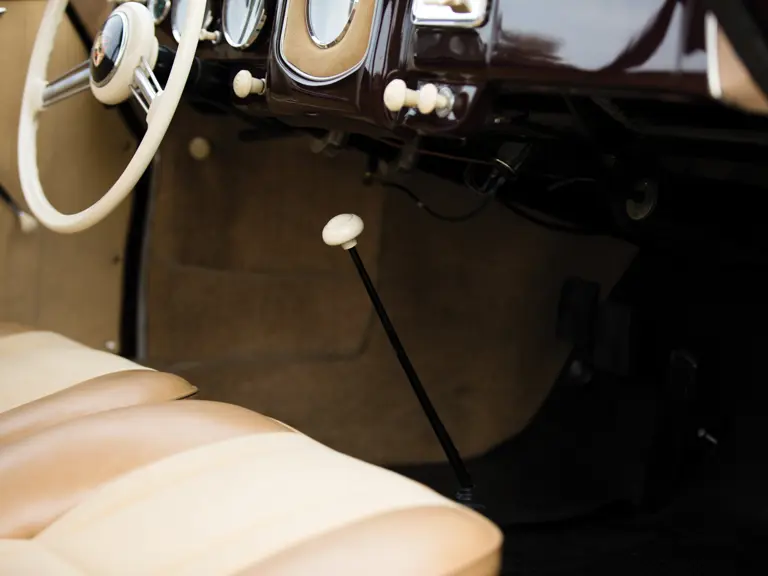
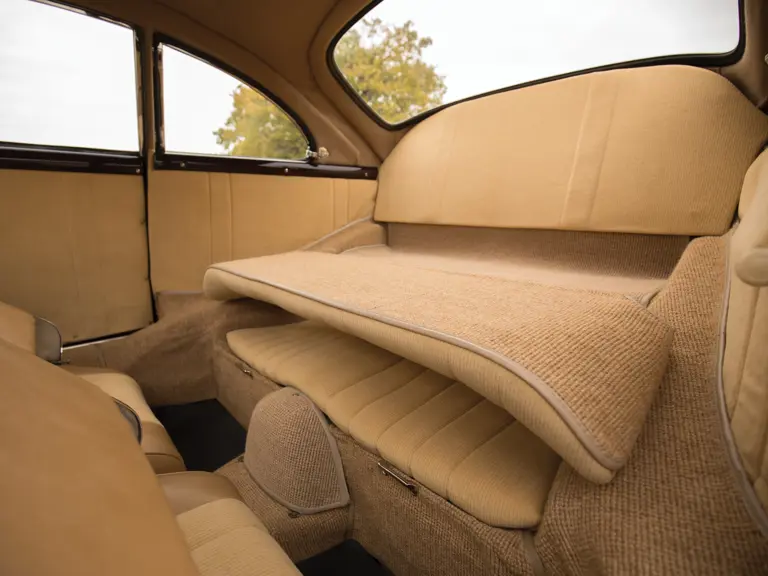
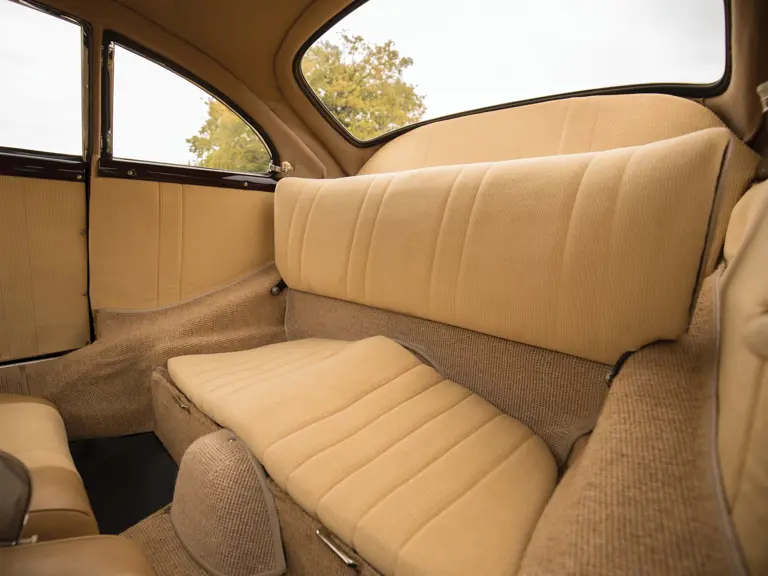
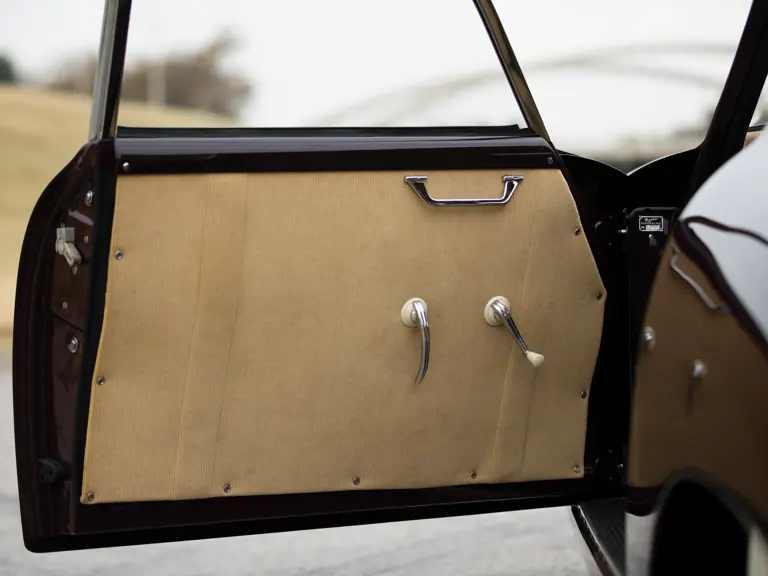
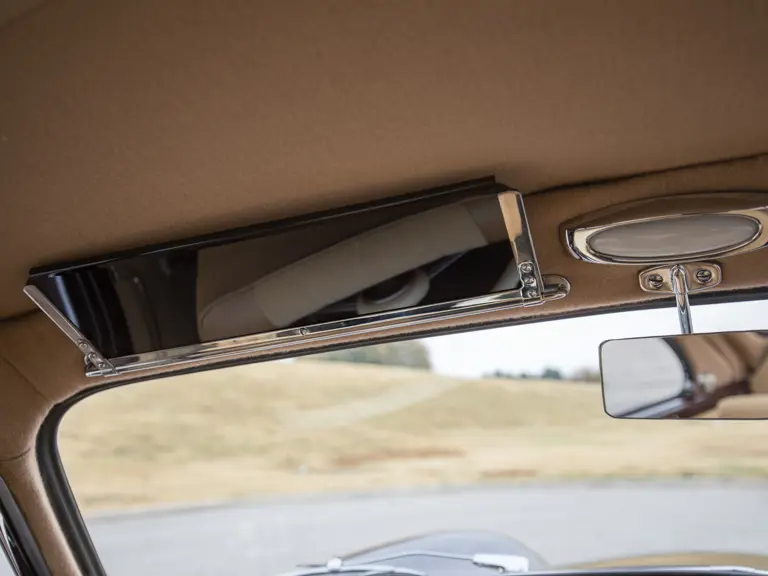
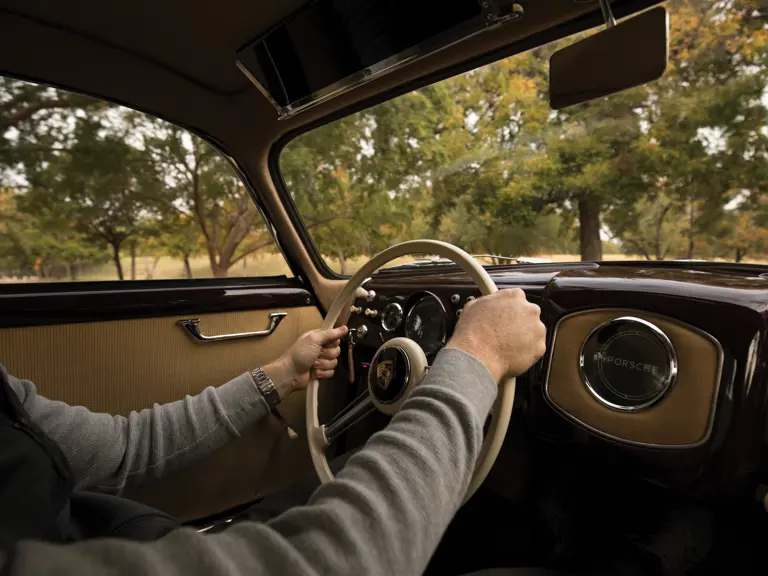
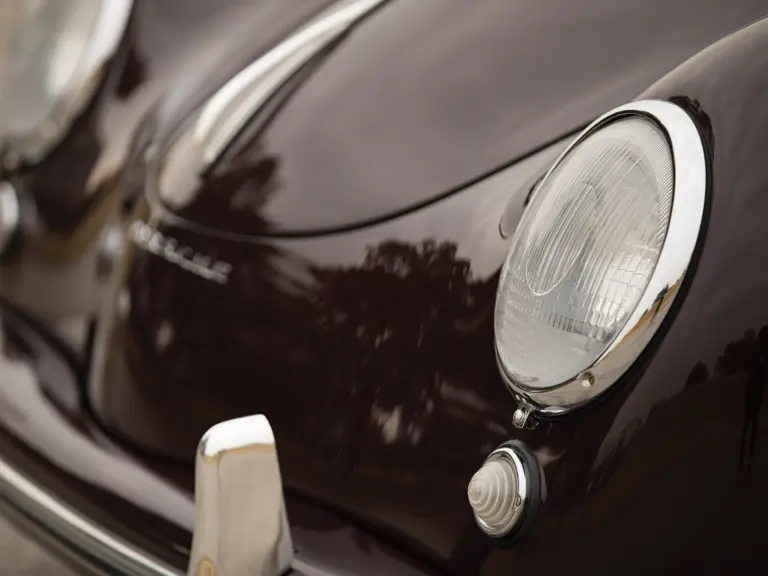
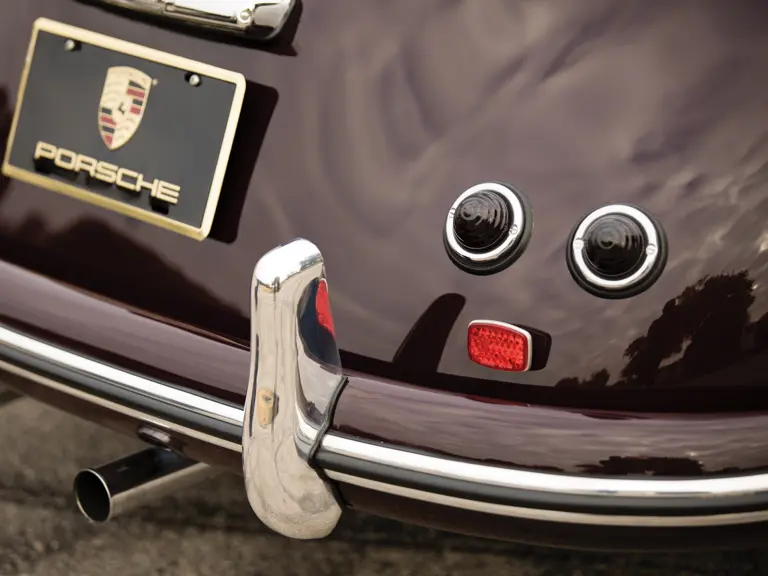
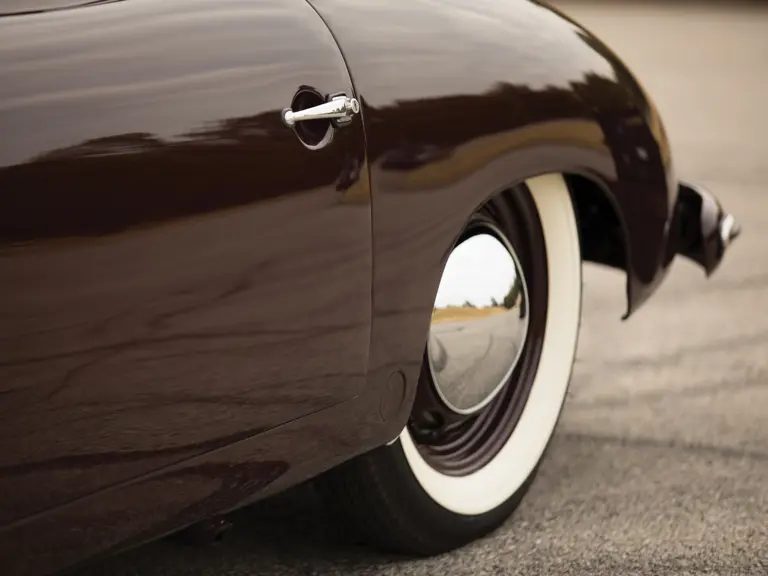
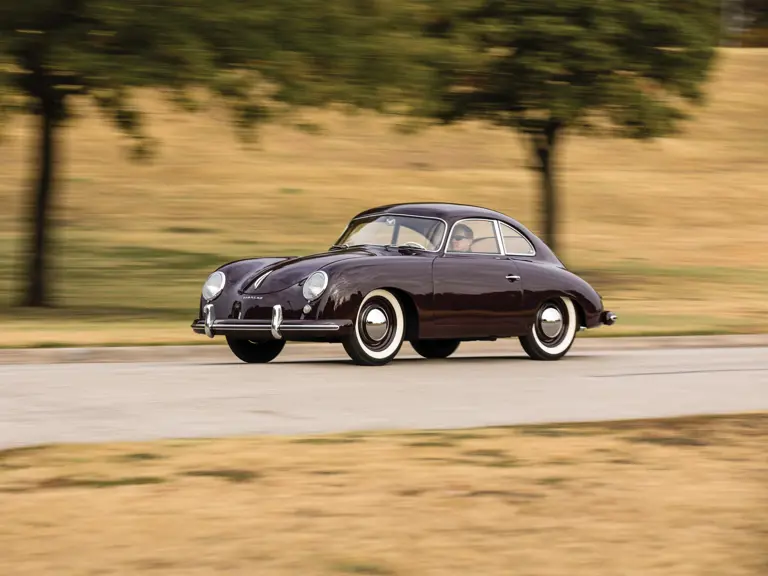

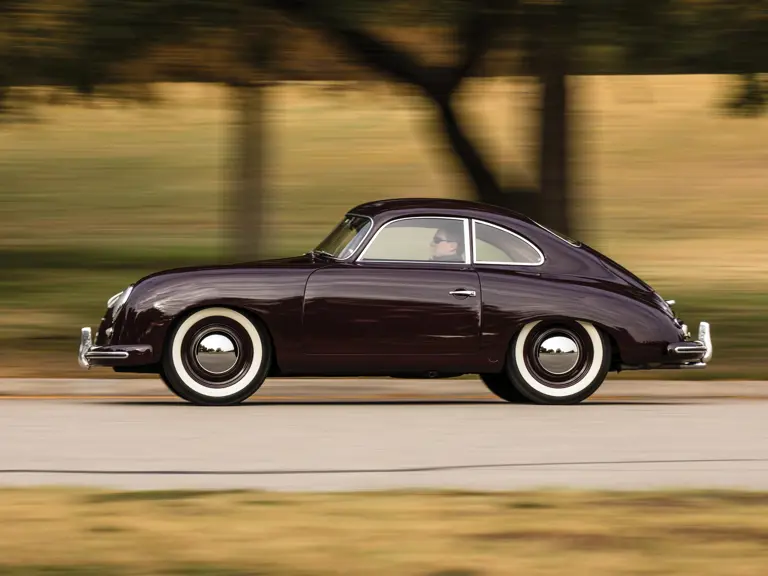
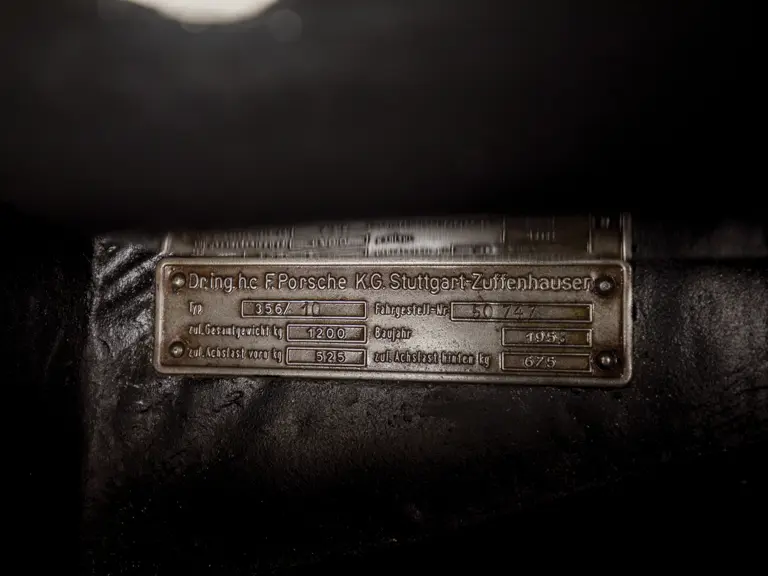
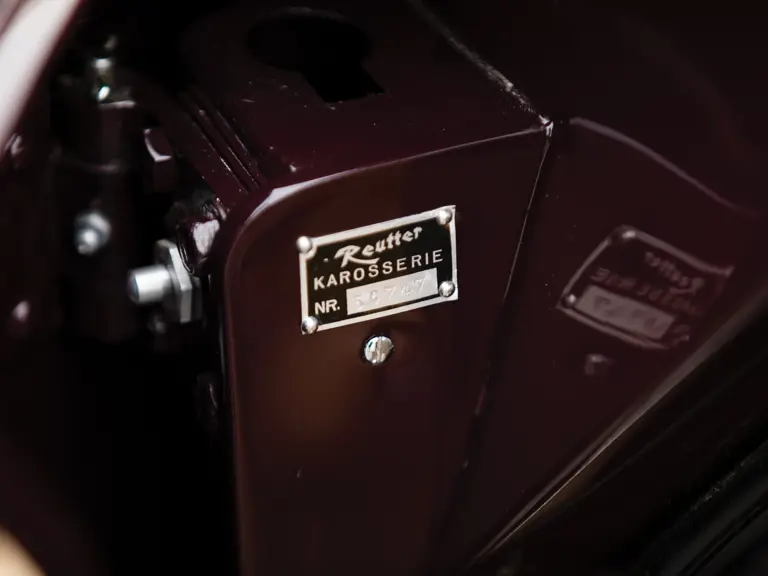
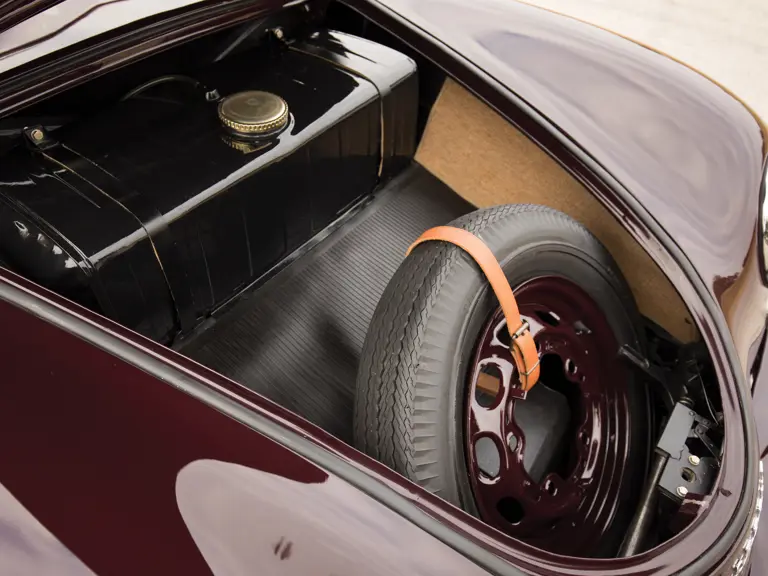
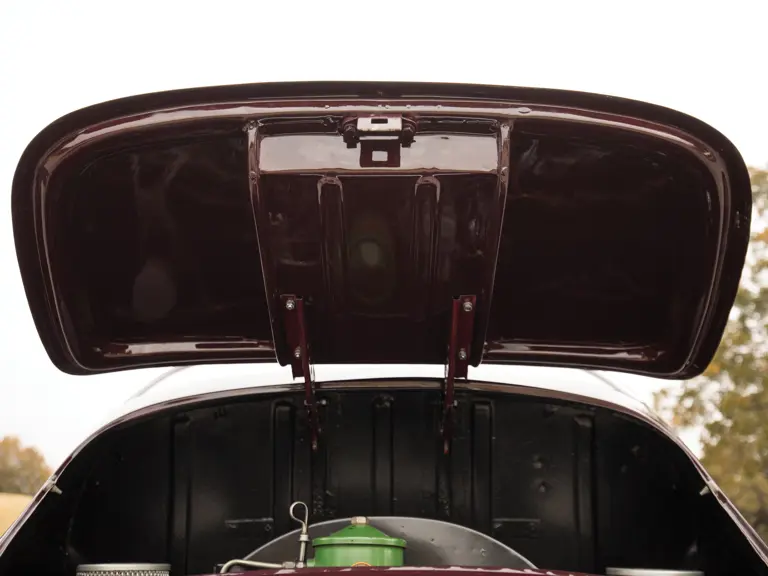
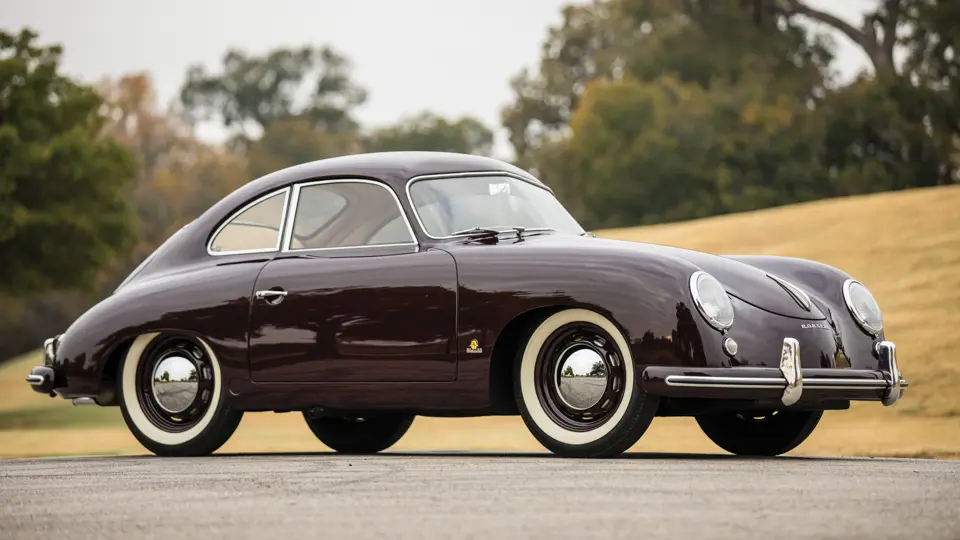
 | Phoenix, Arizona
| Phoenix, Arizona
